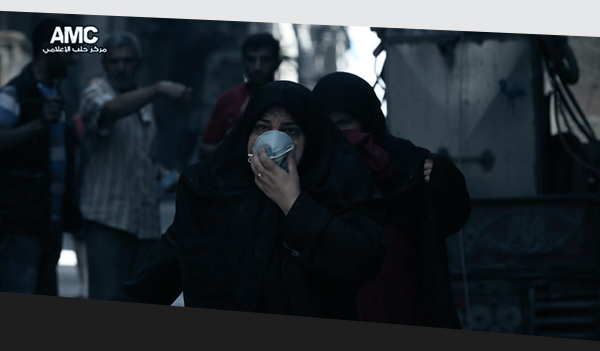|
||||||||||||||||
|
||||||||||||||||
|
||||||||||||||||
|
Syrian Network for Human Rights: No less than 59 Medical Centers have been Targeted by Russian Forces since its Intervention in Syria
|
Syria Deeply Weekly Update: Aleppo Under Fire Again, Opposition’s New Peace Plan
|
||||||||||||||||||||||||||||
|
||||||||||||||||||||||||||||
|
Syrian Network for Human Rights: The Syrian Regime Uses Chemical Weapons again and Insults the Security Council for a 137th Time
|
Salam Kawakibi: Manufactured Expertise: Selling Out Arab News Audiences
This essay is scheduled to appear in the forthcoming Al Jadid, Vol. 20, no. 71 (2016).










